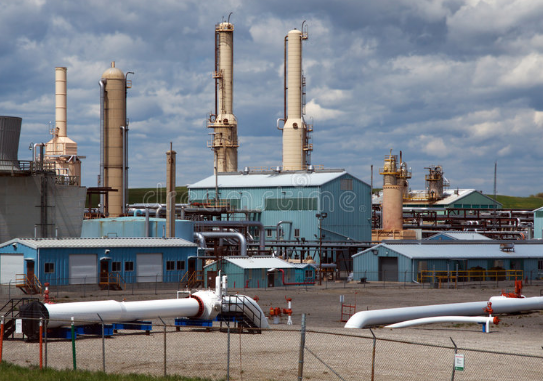Natural gas is a vital energy resource in Alberta, playing a significant role in the province’s energy mix, both for residential and industrial use. As we approach 2023, forecasting natural gas rates in Alberta becomes increasingly important for consumers, businesses, and industry participants alike. This article will analyze the factors that may influence natural gas rates in Alberta in 2023, providing an outlook for future pricing trends.
Factors Influencing Alberta Natural Gas Rates
- Supply and Demand
The balance between supply and demand is a key driver of natural gas prices. Alberta has abundant natural gas reserves, and advancements in extraction technology have enabled increased production in recent years. On the demand side, the consumption of natural gas in the province is influenced by factors such as population growth, economic activity, and weather conditions. Changes in the balance between supply and demand can have a direct impact on natural gas rates.
- Global Market Dynamics
Natural gas prices in Alberta are not only influenced by local factors but also by global market dynamics. As a major exporter of natural gas, Alberta is affected by international demand and competition from other natural gas-producing regions. In addition, geopolitical events and fluctuations in global energy markets can impact natural gas prices.
- Infrastructure and Transportation
The availability and efficiency of natural gas infrastructure and transportation systems can also affect natural gas rates in Alberta. Investments in pipelines, storage facilities, and other infrastructure can improve the flow of natural gas throughout the province and reduce transportation costs, potentially leading to lower natural gas rates.
- Government Policies and Regulations
Government policies and regulations can have a significant impact on natural gas rates in Alberta. Carbon pricing, environmental regulations, and incentives for renewable energy development can all influence the cost of natural gas production and consumption. The future direction of government policies will play a crucial role in shaping natural gas rates in 2023.
Alberta Natural Gas Rates Forecast 2023
Considering the factors mentioned above, the outlook for natural gas rates in Alberta in 2023 is as follows:
- Supply and Demand Balance: The abundant supply of natural gas in Alberta, coupled with advancements in extraction technology, is expected to keep natural gas rates relatively stable in 2023. However, increases in demand due to population growth, economic activity, and weather conditions could exert upward pressure on rates.
- Influence of Global Market Dynamics: The trajectory of natural gas rates in Alberta will be heavily influenced by global market dynamics. A strong global demand for natural gas and favorable market conditions could help support stable or increasing natural gas rates in the province.
- Impact of Infrastructure and Transportation: Investments in natural gas infrastructure and transportation systems could help mitigate potential rate increases in Alberta. Improved infrastructure could lead to lower transportation costs and a more efficient flow of natural gas, contributing to more stable rates in 2023.
- Role of Government Policies and Regulations: The direction of government policies and regulations will play a crucial role in shaping natural gas rates in 2023. While the exact policy direction remains uncertain, it is likely that the government will continue to support the transition towards a more sustainable energy mix, which could affect natural gas rates.
Conclusion
While predicting future natural gas rates is always a challenge, the factors discussed above suggest that Alberta may experience relatively stable rates in 2023, influenced by the balance between supply and demand, global market dynamics, infrastructure investments, and government policies. By understanding these factors and monitoring trends in the energy market, consumers, businesses, and industry participants can make more informed decisions about energy consumption, investments, and policy development.

“Typical beer trailblazer. Hipster-friendly web buff. Certified alcohol fanatic. Internetaholic. Infuriatingly humble zombie lover.”










Leave a Reply